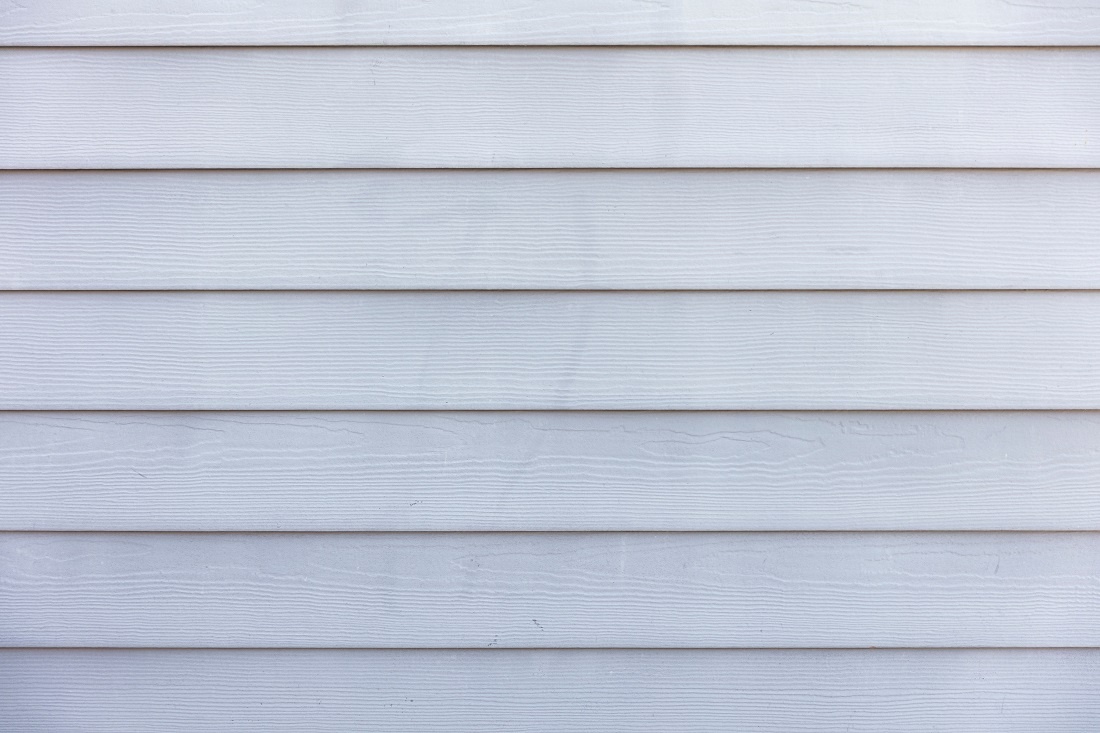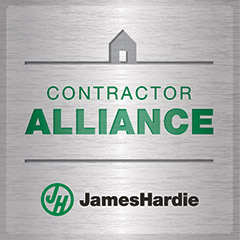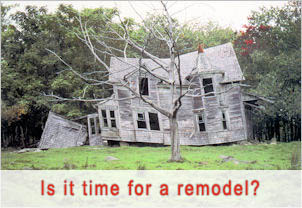
A home remodeling project requires meticulous planning from hiring a trustworthy general contractor to obtaining the right building permits. The project gets even more difficult for the remodel of a historic home. One of the decisions you have to make before starting a home remodeling project concerns selecting the best siding contractors.
Age is not the only factor that determines the designation of a historic home. Other factors that play a role in designating a home as historic include using traditional materials and closely following the craftsmanship techniques used during the period when the first owner constructed the house. Original craftsmanship applies to installing historically accurate siding during a home remodeling project.
Let’s review the best James Hardie siding options for your historic home.
Wood Siding Versus Synthetic Siding
Before we specify the best James Hardie options for your historic home, let’s first compare the attributes between wood and synthetic siding.
Lifespan
One of the many frequently asked questions that we receive concerns the lifespan of different types of siding. Synthetic siding such as vinyl typically has a lifespan between 50 and 60 years, which covers three generations of a family. However, wood siding delivers much more longevity that can exceed a lifespan of 200 years.
Energy Efficiency
You might hear about many myths that regard siding, and one of the most common myths concerns the energy efficiency of synthetic siding. The National Park Service published a Preservation Brief that dispels the myth that synthetic siding does a better job of trapping heat and preventing cold air from entering a home. At the heart of disproving the myth is the point that walls are not where most warm and cool air is lost in a home.
Maintenance
Synthetic siding requires more maintenance, especially when the time comes to prepare for seasonal changes. Installing synthetic siding also might create more maintenance issues for other parts of your house. You do not have to clean wood siding as often, as well as have to deal with siding expanding in summer and contracting in winter.
Historical Accuracy
Wood siding represented the most historically accurate type of siding because the use of wood to construct homes goes back as far as the first settlers. Not only is wood the more significantly relevant type of material to use for siding, but it also ensures the use of authentic tools and the implementation of geographically accurate craftsmanship.
What Types of Options Do I Have for Wood Siding?
Wood offers as many, if not more options than what synthetic siding offers.
Pine and cedar represent the two most common types of wood siding, with cedar doing a better job of resisting rot and the damage caused by insects. Cedar also is more dimensionally stable, which means it does not crack, expand, or contract. One of the aesthetic appeals of cedar is the wide variety of color options.
Engineered wood looks, feels, and provides similar advantages as solid wood, without you having to pay more for siding. However, when the time comes to install wood siding for your historic home, you should go with pine or cedar to ensure the utmost historical integrity, while enjoying the benefits of low maintenance and high energy efficiency.
Mares & Dow
Contact your local skylight contractors at Mares & Dow Construction and Skylights today to transform your home. We have over 40 years of installation and consulting experience.





 based on
based on 

